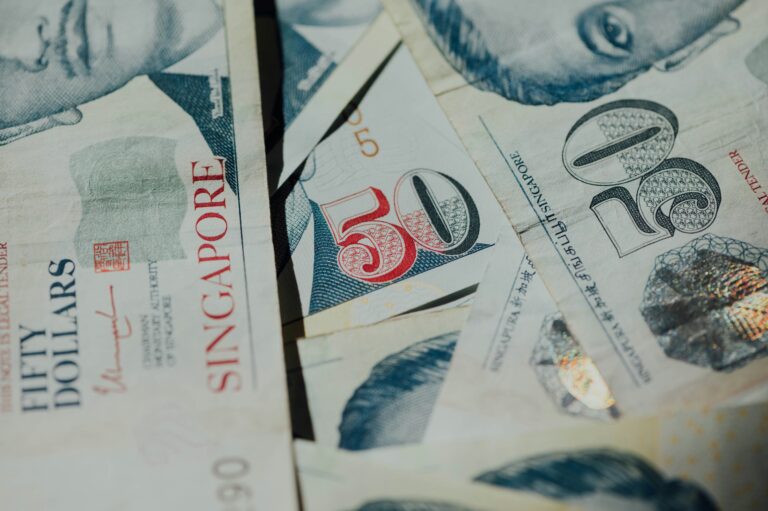Understanding the Difference Between Cash and Profit
Many business owners are surprised to learn that having a profit on paper doesn’t always mean there’s cash in the bank. When running a business, two words often come up in conversations: Cash and Profit.
Profit tells you how well your business is performing, while cash shows you how much money you actually have available to pay bills, suppliers, and staff.
Many people assume they mean the same thing — but in reality, they are very different. Understanding this difference is crucial for making good business decisions and keeping your company financially healthy. In this post, we break down the difference in simple terms so you can better understand your business’s financial health.

What is Profit?
Profit is what’s left over after your business subtracts all its expenses from its sales. In simple terms:
Profit = Sales (Revenue) – Expenses
For example, if your business sells $10,000 worth of goods in a month and your total expenses (like rent, salaries, utilities, supplies) come up to $7,000, your profit is $3,000.
Profit is often referred to as being “on paper” because it reflects how your business performed during a specific period, according to accounting records.
What is Cash?
Cash is the actual money available in your bank account or on hand. It’s what you can immediately use to pay bills, buy supplies, or invest back into your business.
Even if you make a sale, the cash doesn’t always come in right away — for instance, if a customer pays you 30 days later. Similarly, you might need to pay suppliers upfront, even before receiving money from your customers.
That’s why your profit and your cash position don’t always move in sync.
An Everyday Example
Imagine you run a café:
- You sell coffee worth $5,000 in a week.
- Your expenses (ingredients, staff wages, rent, electricity) are $3,500.
-
- On paper, you’ve made a profit of $1,500.
But here’s the catch:
-
- Some customers paid with credit cards, and the bank will only transfer the money to your account after a few days.
-
- You already paid your suppliers for coffee beans and milk upfront.
-
- You also had to replace a coffee machine, which cost $1,000 in cash.
So while your accounts show a $1,500 profit, you might actually only have a few hundred dollars of cash left in your account at that moment.
Why the Difference Matters
Profit doesn’t pay bills — cash does.
You need cash in hand to pay rent, staff, and suppliers.
A profitable business can still run out of cash.
Many businesses fail not because they aren’t profitable, but because they don’t have enough cash to cover day-to-day operations.
Managing cash flow is just as important as making profit.
Keeping track of when money comes in and when it goes out helps you avoid a cash crunch.
Key Takeaway
-
- Profit is about performance (how much you earned after expenses).
-
- Cash is about liquidity (how much money you actually have available).
Both are important, but never assume that being profitable means you automatically have plenty of cash. Good businesses pay attention to both.
Need guidance?
At Spoon Elves, we help small and medium businesses not only understand their profits but also manage their cash flow effectively. If you’d like guidance on improving your business finances, reach out to our team today.
Scroll Up